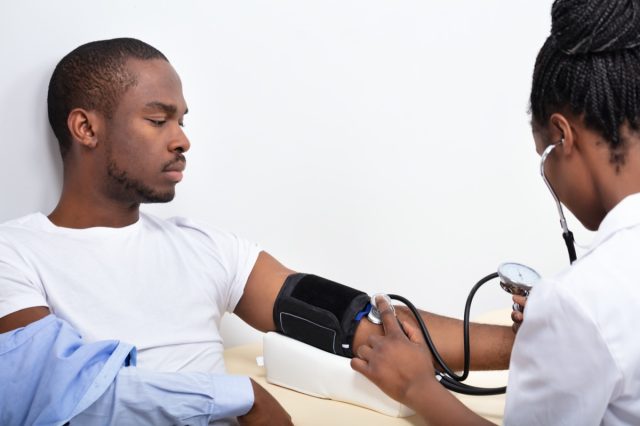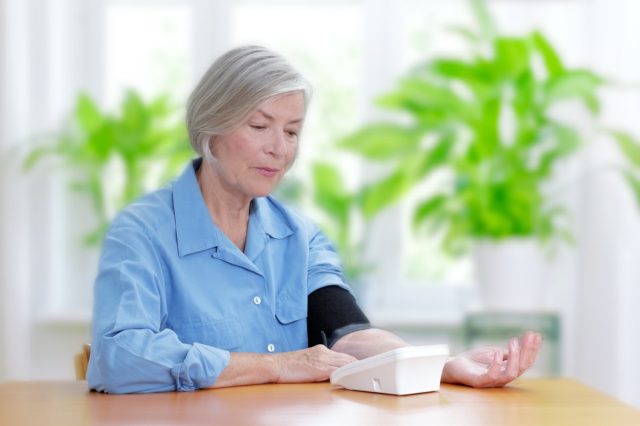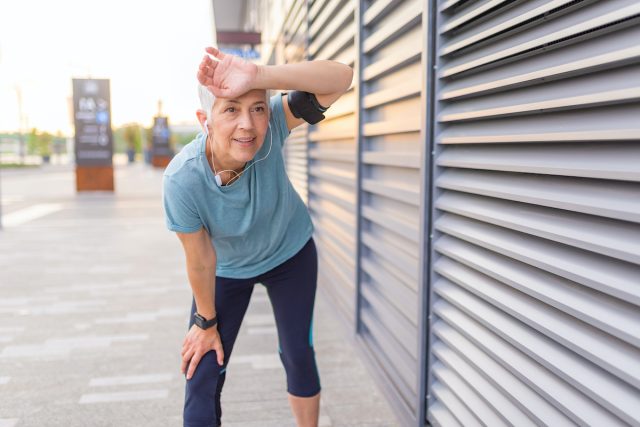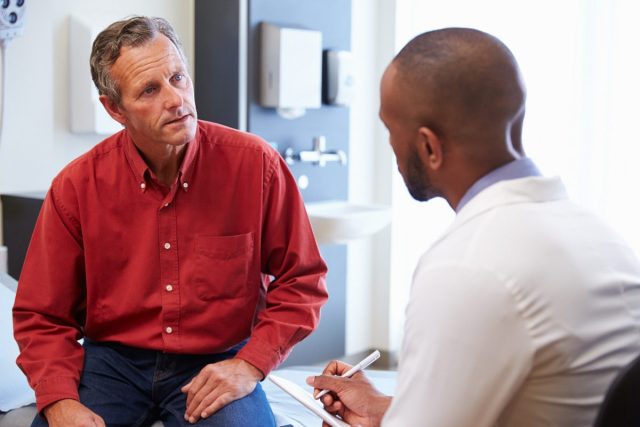Roughly half of Americans have high blood pressure, and more than 700 million people live with uncontrolled hypertension worldwide. High blood pressure can be a silent killer if left untreated, causing issues such as heart attack and stroke. Monitoring your blood pressure is easy and something I wish I had done earlier. As a nurse, I sometimes had difficulty turning an eye to my medical issues and would ignore some of my symptoms of high blood pressure. Thankfully, I learned how to overcome that hesitation and made the right choices that helped get my blood pressure back to a healthy range.
Ignoring the Signs is Never the Answer

As I hit my 30s, I knew it was time to start getting serious about my health and taking care of issues I had ignored. I get frequent headaches, and I knew there were areas of my diet and activity routine I could improve. I would sometimes feel my heartbeat in my ears or neck; I'd have trouble sleeping or notice an irregular heart rate or palpitation. These issues were ongoing for a few months, prompting me to take action. Because I had never been worked up for hypertension before, but I knew the symptoms, I decided to see a primary care physician for the first time in a few years. As a nurse, I recommend everyone get an annual check-up, even if they feel completely healthy. I certainly regret not seeing a doctor every year through my 20s.
Why I Tried to Lower My Blood Pressure Naturally Without Medication

I wasn't necessarily against the use of hypertension medications. However, I knew that, in many cases, high blood pressure could improve through diet and lifestyle changes. I recognized a few areas in my daily life that I could improve with healthier habits. I discussed all this with my primary care doctor, and she agreed. My blood pressure was often between 130/80 and 140/90. Normal blood pressure should have a systolic mm Hg (upper number) of less than 120 and a diastolic mm Hg (lower number) of less than 80. Elevated blood pressure is slightly higher between 120/80 and 130/80; the first stage of hypertension is between 130 and 139 systolic pressure and 80 to 89 diastolic pressure.
I Made Serious Lifestyle Changes

An essential part of managing your health is the correct measurement tools. Thankfully, there are many types of over-the-counter blood pressure monitors available at local pharmacies, and in some cases, you can receive a discount through your insurance provider. Blood pressure monitors are easy to use, often with few buttons and a large, bright display. They also keep records of your blood pressure history, so you can track whether your habits are improving trends in your blood pressure. I found a monitor with all my needed features, and many blood pressure monitors are between $20 and $50. If you're unsure which kind of blood pressure monitor is best, ask your doctor which features or brands are best for you.
The most significant changes I could make to lower my blood pressure were losing weight through increased exercise and maintaining a healthier diet. For other people, quitting smoking or reducing stress may have more of an impact. The steps to healthy blood pressure are different for everyone. I was about 210 pounds and knew that losing 10-20 pounds would be an excellent start to get closer to a healthy weight for my height. As everyone knows, losing weight is a struggle, and I'm not a fan of dieting. Instead, I decided to commit to daily exercise, including rigorous cardiovascular activity for at least 30 minutes. This was often a jog, a bicycle ride or high-intensity interval training. The hardest part is sticking with a daily habit. I found that watching a television show kept me engaged through a workout, and I didn't allow myself to watch that show if I wasn't working out.
The other half of my regimen involved a healthier diet. As I mentioned, I'm not a fan of dieting, but I do believe in calorie counting and making healthy substitutions. Adding fruits and vegetables to your diet can make a significant difference when trying to improve blood pressure. I began eating more whole grains and low-fat dairy and adding more fruits and vegetables instead of carbs or sweets. The flavor goes a long way, so the proper seasoning helped me get excited about mixing up my meals with healthier choices.
I Saw Positive Results Within a Few Weeks

Because I could monitor my blood pressure at home, it was easy to take at least two readings a day which didn't take more than a couple of minutes. One of the challenges of making healthier lifestyle choices is sticking with it even when you don't see results. I knew what would work for me, but I didn't see changes for at least a month. Instead of making my diet more challenging or increasing my activity, I stuck with my plan because I knew it was better than my baseline. About six weeks after that initial doctor's appointment, I noticed that my blood pressure was closer to 130/80 on average than 140/80, and my diastolic pressure was rarely above 82. After another four to six weeks, my blood pressure improved to about 125/80. Now, roughly a year later, I still exercise for about 20 to 30 minutes at least five days per week and prioritize fruits and vegetables in my meals, and my blood pressure is about 120/80 on average.
I Chose Healthy Habits I Knew I Could Stick With

I chose changes to my habits that I knew were sustainable. The trick to long-lasting change is not to overshoot your capabilities. Long-term success has more impact than short-term habits that you can't sustain. I knew that small changes over time would be an improvement. The hardest part is sticking with a new regimen for those first few weeks. Once you start to see results, things get easier. It's a good motivation to stick with that new lifestyle, plus feeling better is a great bonus.
Talk To Your Doctor About the Best Steps For You

Lowering blood pressure without medication isn't recommended for everyone. Still, there are some steps you can take to reduce your risk of hypertension or improve blood pressure even if you're already taking blood pressure medication. Weight loss and regular exercise help lower blood pressure and improve heart health. Combined with a healthy diet low in sodium, studies have shown some people can reduce high blood pressure by over 10 mm Hg. Stress, alcohol and smoking also contribute to high blood pressure but require unique solutions for tackling. Speak with your doctor about the best tactics you can take to start lowering your blood pressure. It's never too late, and healthy blood pressure can add years to your life.
A Support System Helps

A robust support system can be integral in making healthy decisions for many people. My partner helped motivate me through exercise and better food choices. There are also many online and in-person support groups for blood pressure and other health issues where people share tips and experiences on achieving their goals. However, it's best to always speak with your primary care doctor before starting over-the-counter medications or making lifestyle changes that could affect your health.
No comments:
Post a Comment